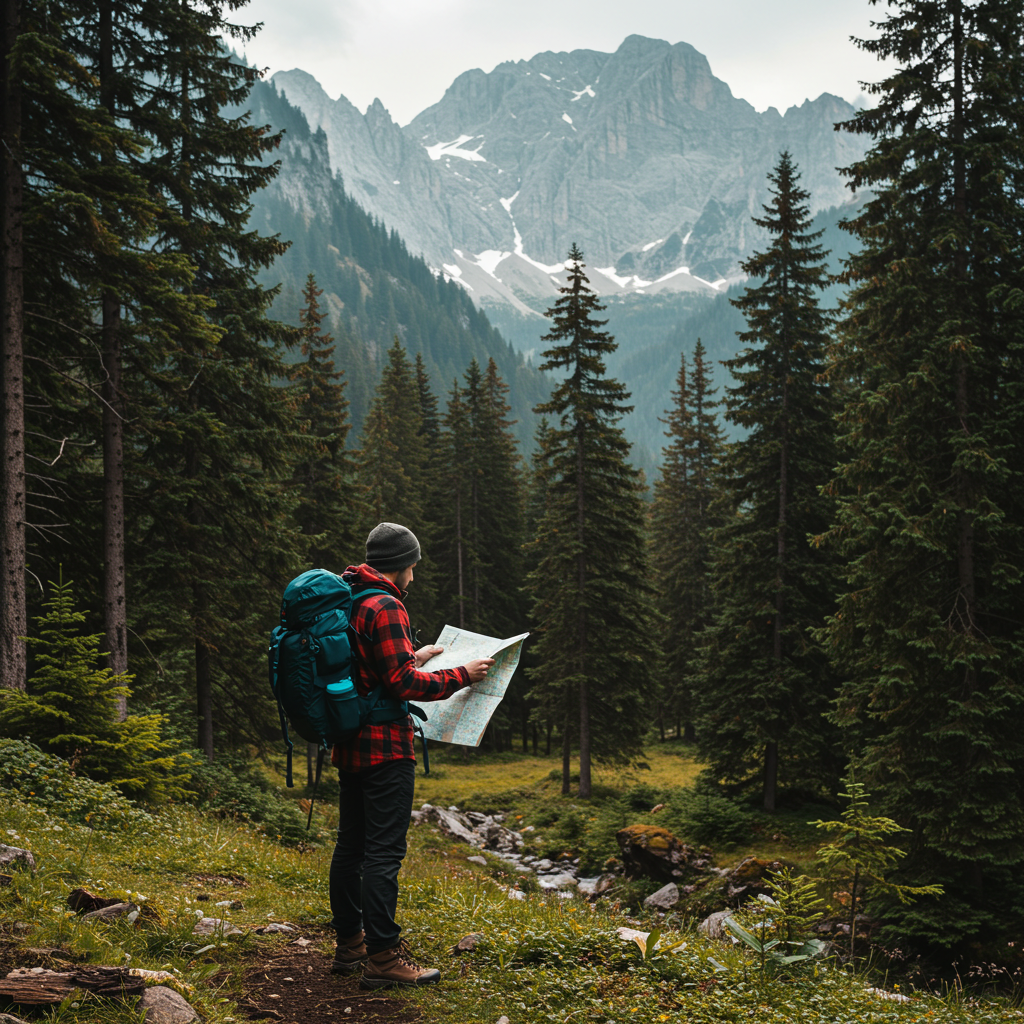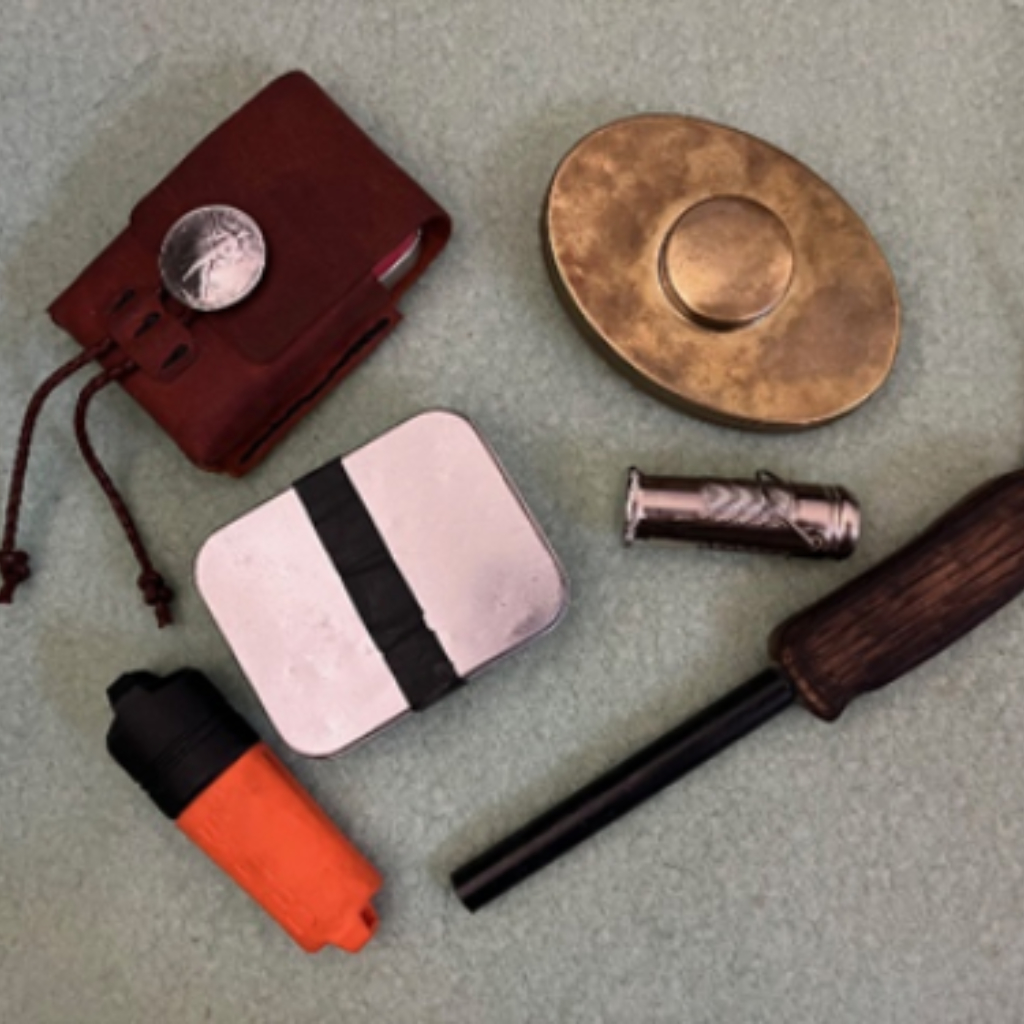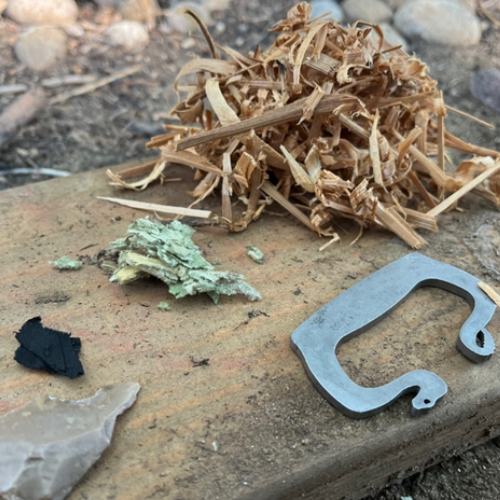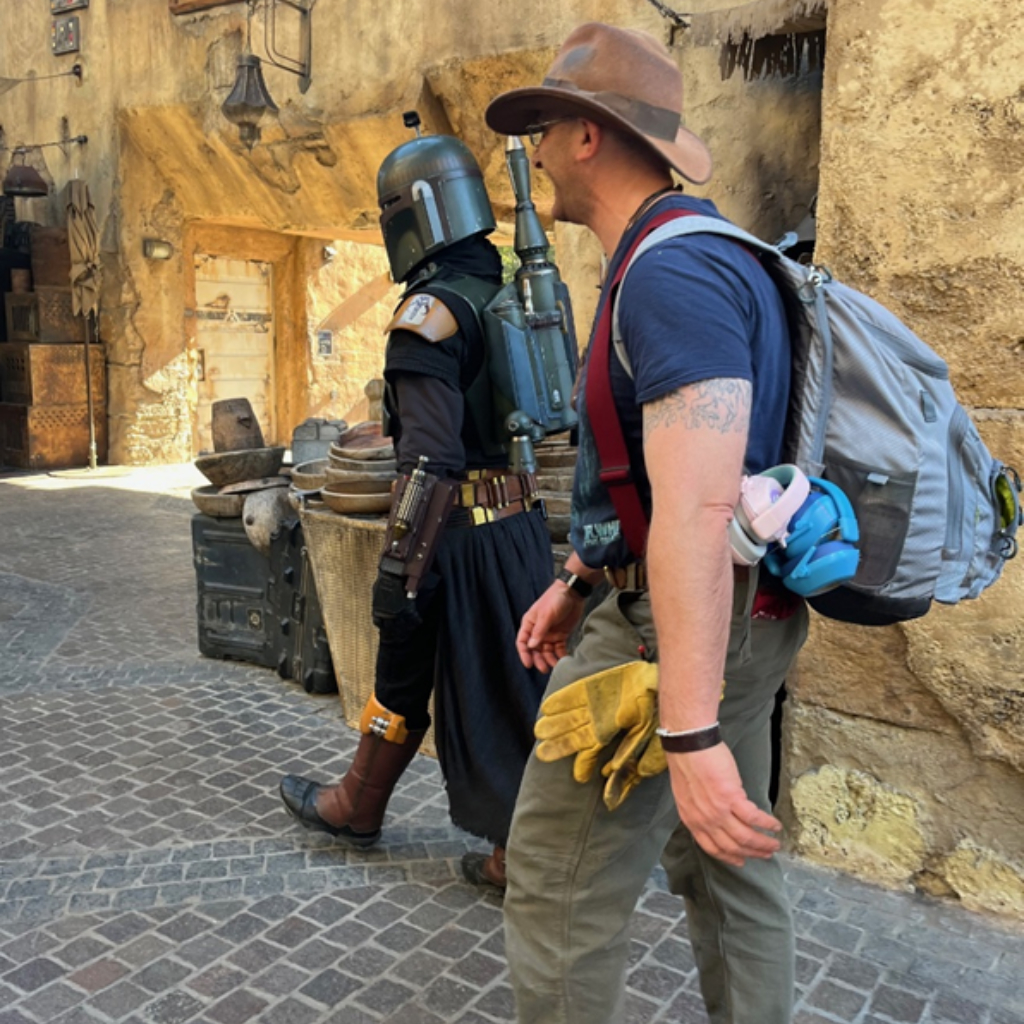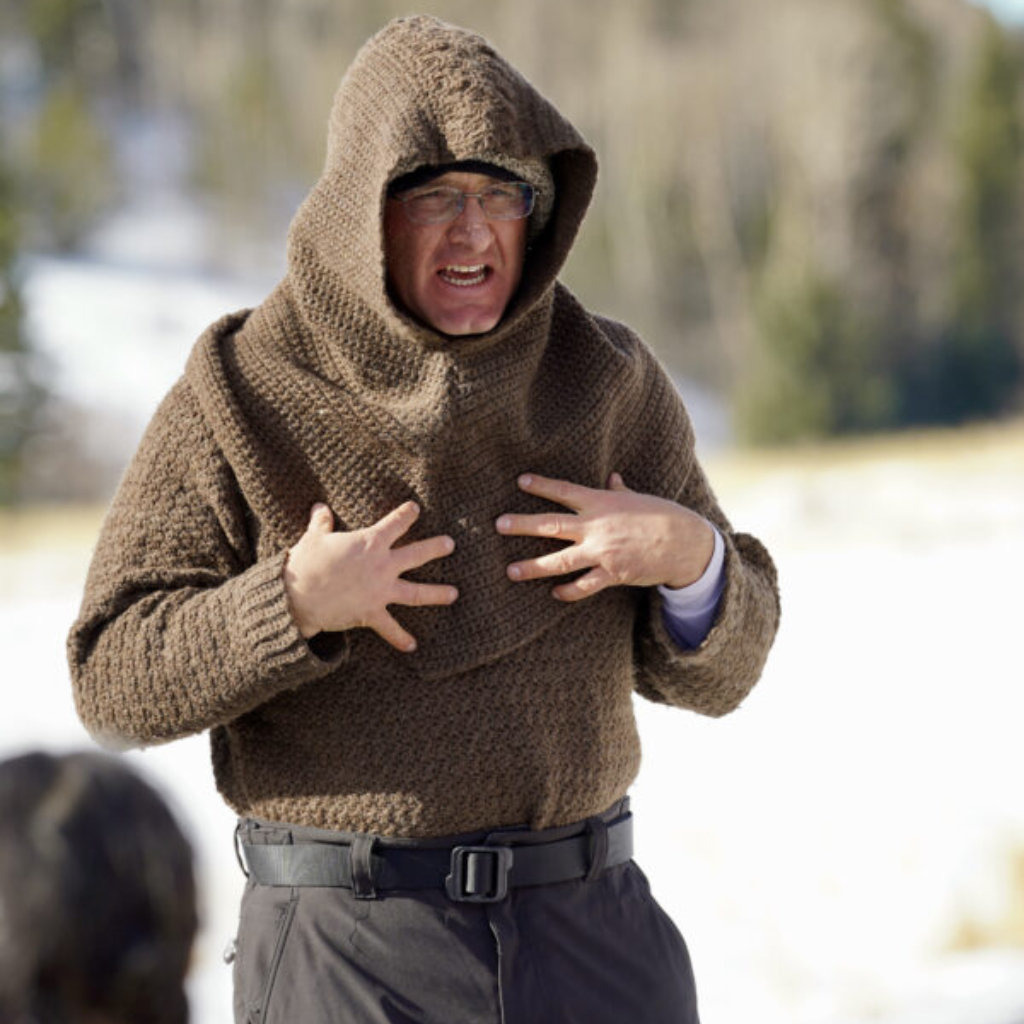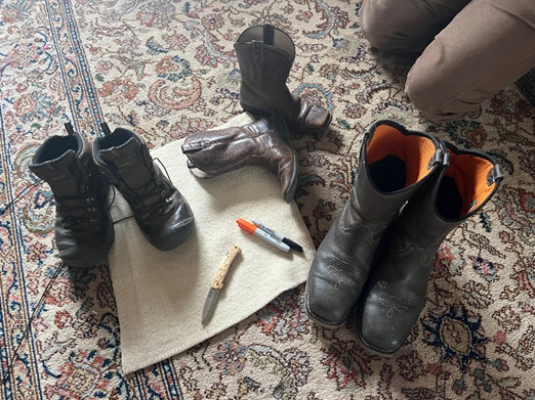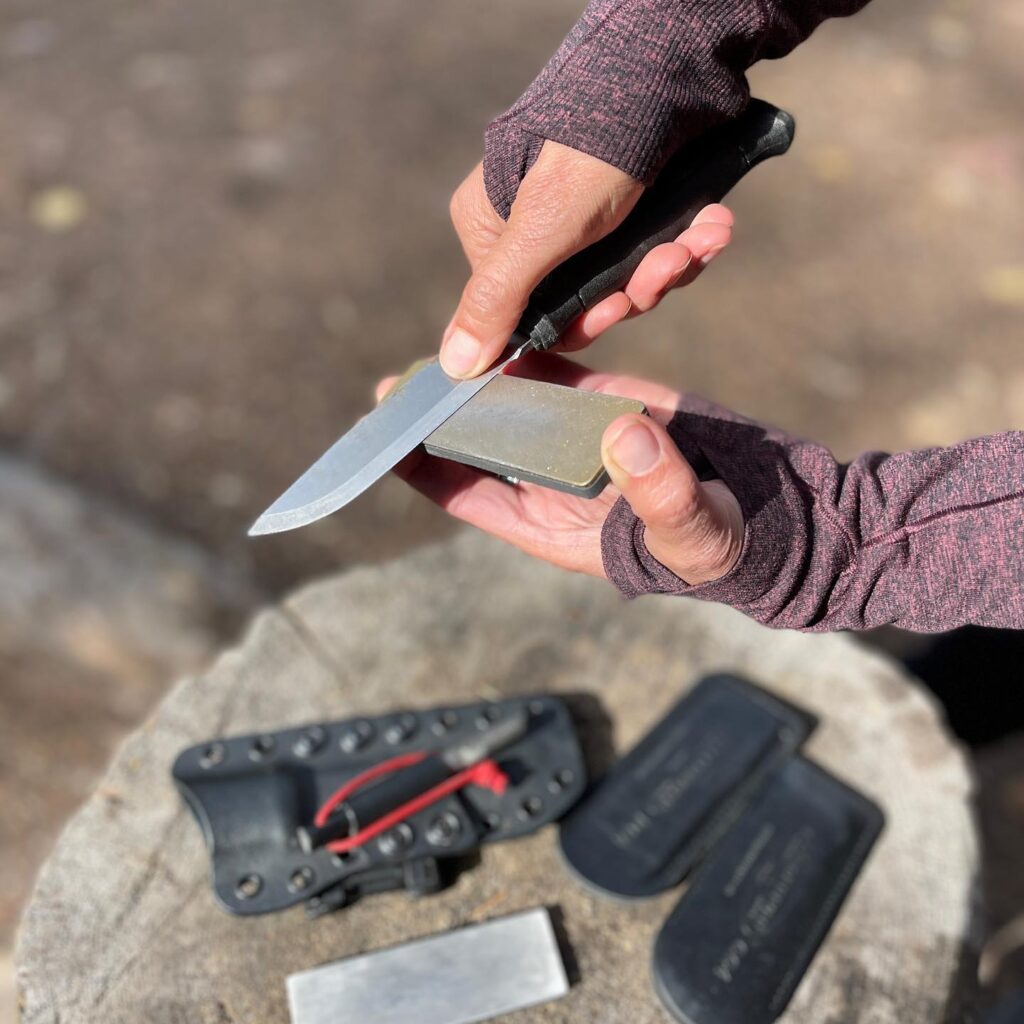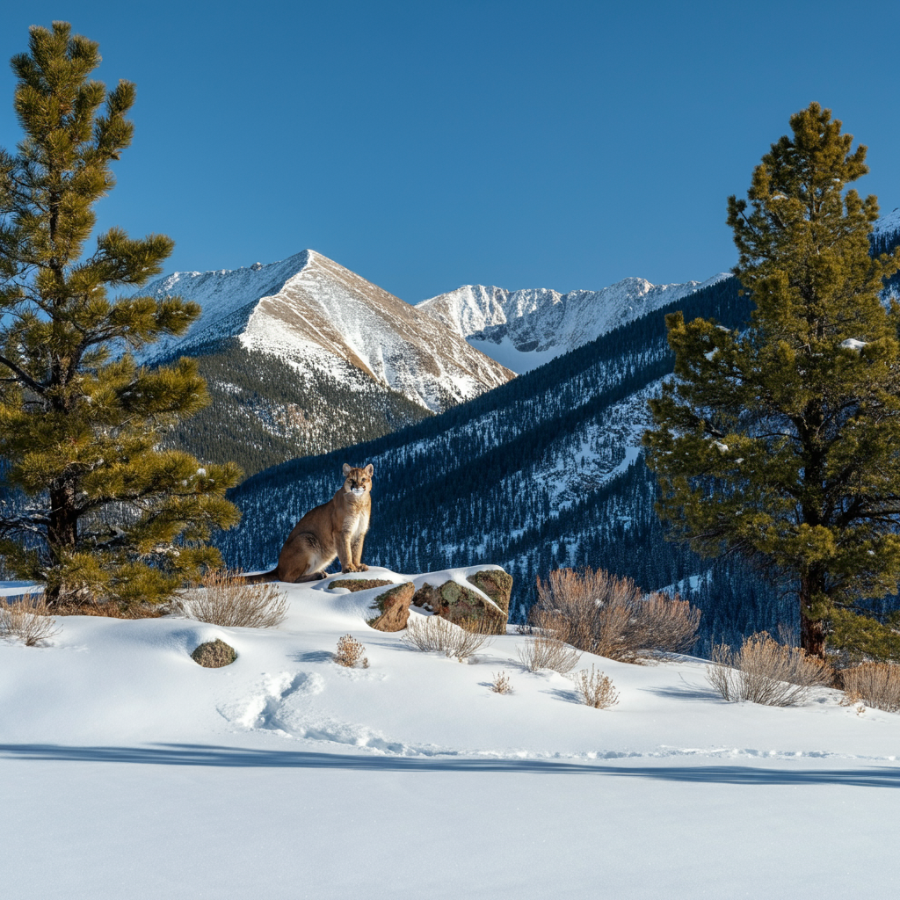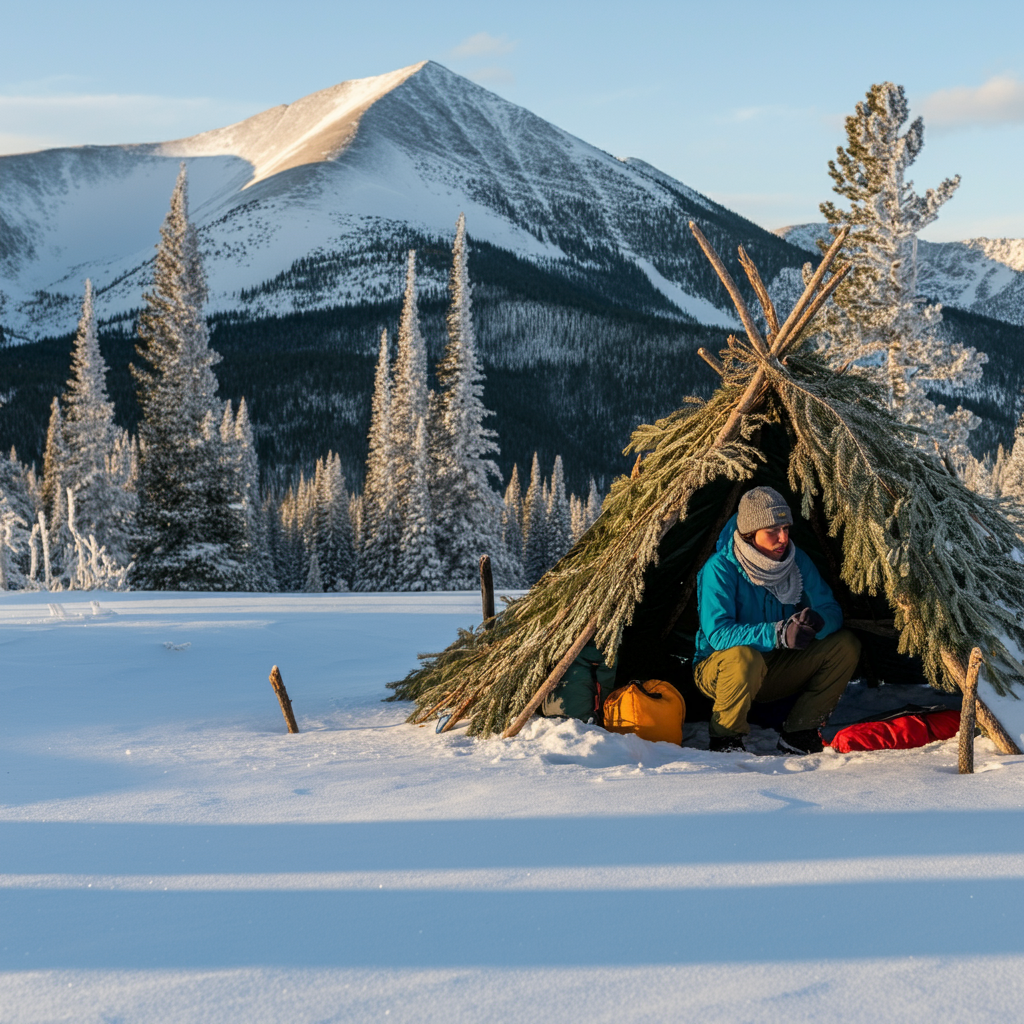Cart
3 min read
General Survival Tips
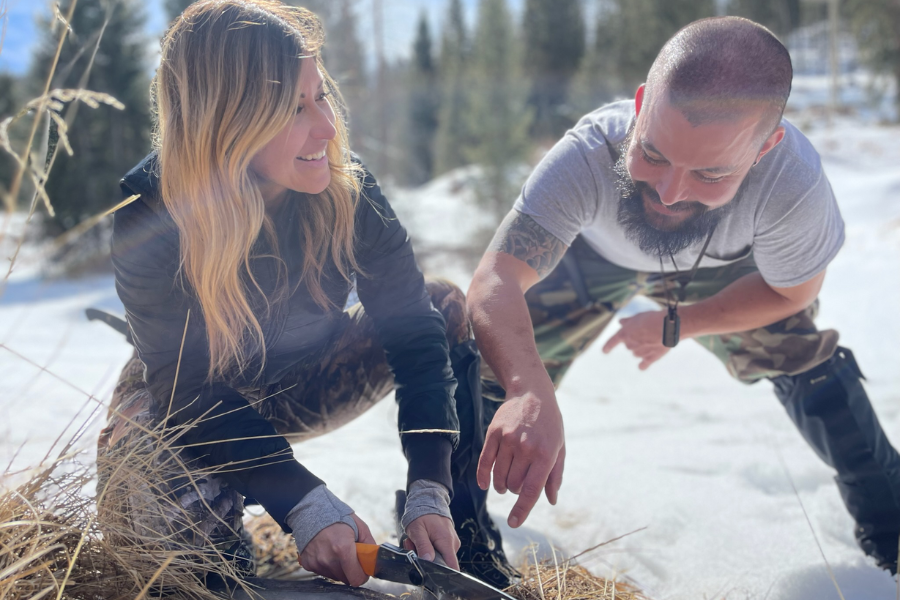
Surviving in adverse conditions can be a test of one’s physical, mental, and emotional strength. Whether it’s facing a natural disaster, getting lost in the wilderness, or surviving a catastrophic event, it’s important to have the knowledge and skills to make it through. Here are some general survival tips that can help you in various scenarios or scroll down further for some more in depth survival tips.
Stay Calm: Panic and stress can cloud your judgement and reduce your ability to make sound decisions. Take deep breaths, relax your body, and think through the situation to come up with a plan. Focus on what you can control and take things one step at a time.
Prioritize Needs: In survival situations, it’s important to prioritize your basic needs. These include shelter, water, food, fire, and first aid. Focus on meeting these needs first, before moving on to other concerns.
Find Shelter: Shelter is one of the most important needs in survival situations. It protects you from the elements, provides warmth, and can help you feel more secure. Look for natural shelter such as a cave or overhanging rock, or create a makeshift shelter using materials found in the environment.
Obtain Water: Staying hydrated is critical in survival situations. Look for sources of clean water, such as streams, rivers, and lakes. If clean water is not available, boil or purify the water using a water filtration system or bleach.
Find Food: Food provides energy and helps you stay nourished. In the wilderness, look for wild edibles, such as berries, fruits, and nuts. You can also set up traps to catch small game, or fish if you have the proper equipment.
Start a Fire: Fire can be used for cooking, warmth, light, and signaling for help. Make sure to gather dry materials, such as tinder, kindling, and firewood. Use a fire starter, such as a lighter or matches, to start the fire.
First Aid: Injuries can occur in survival situations, so it’s important to have basic first aid knowledge. Carry a first-aid kit and know how to use it. Learn how to treat common injuries, such as cuts, burns, and broken bones. Interested in learning medical skills? Take our Wilderness First Responder Class.
Navigate: If you’re lost, it’s important to know how to navigate your way back to safety. Use the sun or stars to determine direction, or look for landmarks. Consider carrying a map and compass, or learning how to use them.
Stay Positive: Maintaining a positive attitude is crucial in survival situations. Focus on the things you’re grateful for and try to stay hopeful. Surround yourself with positive people, and don’t give up hope.
Learn Survival Skills: The more survival skills you know, the better prepared you’ll be in a crisis. Consider taking a survival course or reading books on survival. Practice these skills in a safe environment, so you’ll be ready when the time comes.
Another important survival tip is to be aware of your surroundings and to have an escape plan in case of an emergency. Survival is a combination of preparation, knowledge, and skills. By staying calm, prioritizing your needs, and being proactive, you can increase your chances of making it through challenging situations. Remember, the key to survival is to never give up hope, stay positive, and have faith in yourself. These general survival tips can mean the difference between life and death in a dangerous situation
Leave a Comment
Beyond the Flick: Fire-Starting Hacks for Broken, Empty, and Wet Lighters
Learn how to start a fire with a lighter even if it’s broken, empty, or wet. Master fire-starting techniques and build confidence in real-world survival...
Why Every City Dweller Needs Wilderness First Responder Training
Wilderness First Responder training prepares you to act fast in emergencies—urban or remote—when 911 is too far away.
Mastering Fire for Survival: How to Pack a TRUE emergency fire kit
Learn to pack a reliable survival fire kit with the right tools for warmth, cooking, and signaling. Keep it simple, effective, and ready for any...
How to Dress for Winter Survival: Mastering the Art of Layering
In cold weather, it is important to dress in layers. This allows you to adjust your clothing as your body heats up or cools down...
How to Make Wool Boot Inserts for Warm Feet on Winter Hikes and Outdoor Adventures
Learn how to make DIY wool boot inserts to keep your feet warm and comfortable during winter hikes and outdoor adventures. Simple, budget-friendly, and effective!
Choosing the Best Survival and Bushcraft Knife
Choosing the Best Survival/Bushcraft Knife: A Comprehensive Guide for Survival University Students
Winter Survival in the Colorado Rockies — Part 8: Wildlife Awareness and Safety
Learn how to stay safe and warm in the Colorado Rockies this winter. Discover practical tips for preventing and treating cold-weather injuries like hypothermia, frostbite,...
Winter Survival in the Colorado Rockies — Part 7: How to Prevent and Treat Cold-Weather Injuries
Learn how to stay safe and warm in the Colorado Rockies this winter. Discover practical tips for preventing and treating cold-weather injuries like hypothermia, frostbite,...

